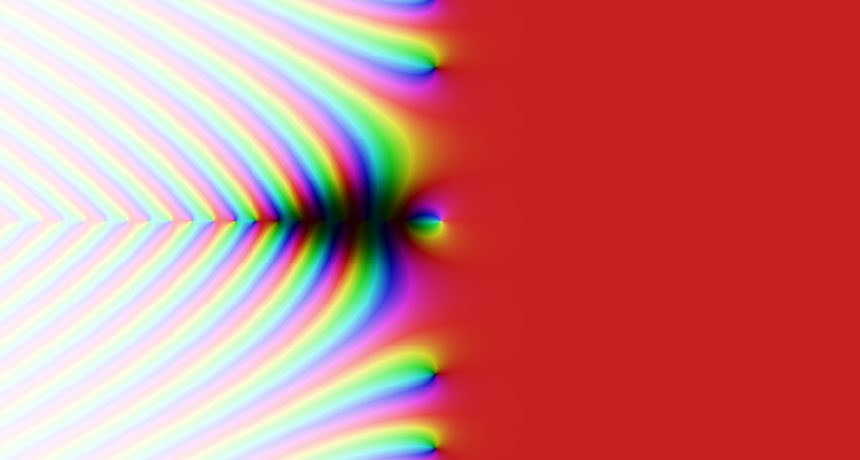
STILL ELUSIVE Researchers may have edged closer to a proof of the Riemann hypothesis — a statement about the Riemann zeta function, plotted here — which could help mathematicians understand the quirks of prime numbers.
Jan Homann/Wikimedia Commons

STILL ELUSIVE Researchers may have edged closer to a proof of the Riemann hypothesis — a statement about the Riemann zeta function, plotted here — which could help mathematicians understand the quirks of prime numbers.
Jan Homann/Wikimedia Commons